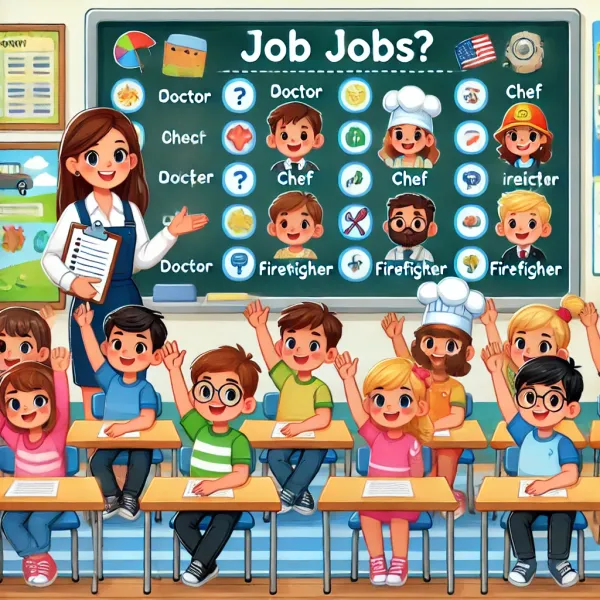Taking Risks
Risky decisions can be good for teens. Taking risks is a normal part of growing up and becoming who you are.

Step 1: Read this short summary of the video. Use the translations if needed.
Risky decisions can be good for teens. Taking risks is a normal part of growing up and becoming who you are. Some risks are negative, like unhealthy or destructive decisions. But other risks are positive and can help you test your limits. To make good decisions about risk, think about how likely the outcome is and how big its impact will be. Remember that taking risks can lead to success, like Malala Yousafzai speaking out for girls’ education and winning the Nobel Peace Prize. So don’t be afraid to try new things and take positive risks!
Step 2: Watch the Video
Step 3: Discussion
- How can we tell the difference between positive and negative risks?
- What role do emotions play when making risky decisions?
- What risks have you taken that turned out well?



